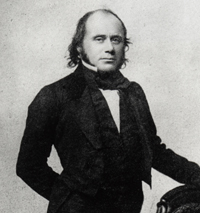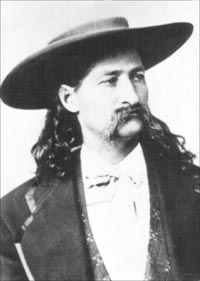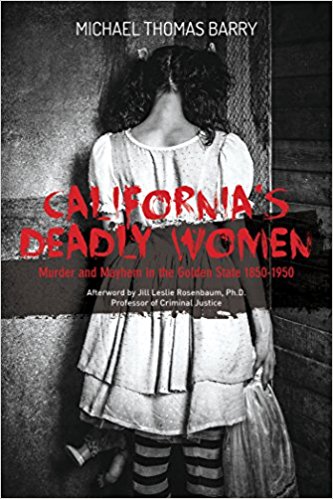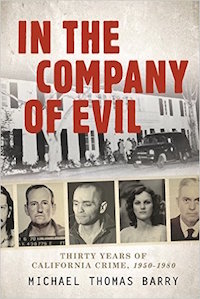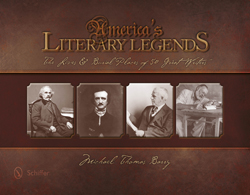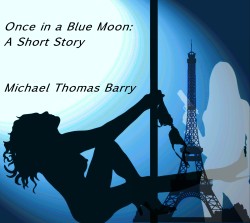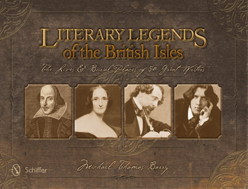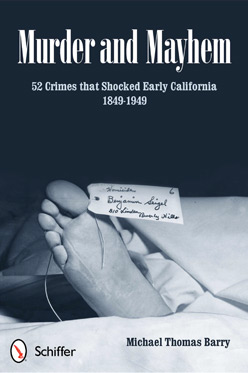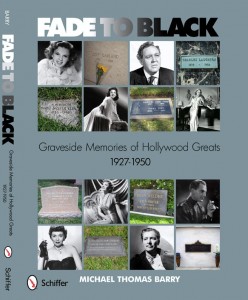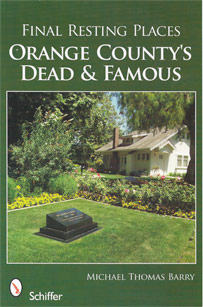08.25

This week (August 25-31) in crime history: Outlaw Bill Dollin was killed (August 25, 1896); Jenifer Levin was found dead in New York’s Central Park (August 26, 1986); NFL superstar Michael Vick plead guilty to dogfighting (August 27, 2007); Lord Louis Mountbatten was killed by an IRA bomb (August 27, 1979); Polygamist Mormon leader Warren Jeffs was arrested (August 28, 2006); 14-year-old Emmett Till was murdered in Mississippi (August 28, 1955); Richard Jewel, Olympic bombing suspect died (August 29, 2007); Vladimir Lenin was shot and seriously wounded by a member of the Social Revolutionary Party (August 30, 1918); Jack the Ripper claimed first victim (August 31, 1888); Richard Ramirez “The Night Stalker” was captured (August 31, 1985)
Highlighted Crime of the Week –
On August 31, 1888, infamous serial killer, Jack the Ripper claimed his first victim; prostitute Mary Ann Nichols who was found murdered and mutilated in Whitechapel’s Buck’s Row. The East End of London saw four more murders during the next few months, but no suspect was ever found. In Victorian England, London’s East End was a teeming slum occupied by nearly a million of the city’s poorest citizens. Many women were forced to resort to prostitution, and in 1888 there were estimated to be more than 1,000 prostitutes in Whitechapel. That summer, a serial killer began targeting these downtrodden women. On September 8, the killer claimed his second victim, Annie Chapman, and on September 30 two more prostitutes, Liz Stride and Kate Eddowes were murdered on the same night. By then, London’s police had determined the pattern of the killings. The murderer, offering to pay for sex, would lure his victims onto a secluded street or square and then slice their throats. As the women rapidly bled to death, he would then brutally mutilate them with the same six-inch knife.
The police, who lacked modern forensic techniques such as fingerprinting and DNA evidence were at a complete loss for suspects. Dozens of letters allegedly written by the murderer were sent to the police, and the vast majority of these were immediately deemed fake. However, two letters, written by the same individual, alluded to crime facts known only to the police and the killer. These letters, signed “Jack the Ripper,” gave rise to the serial killer’s popular nickname. On November 7, 1888, after a month of silence, The Ripper claimed his fifth and final victim, Irish-born Mary Kelly. Of all his victims’ corpses, Kelly’s was the most hideously mutilated. Then as quickly as the murder spree began they mysteriously stopped. Over the years numerous suspects were questioned but no one was ever arrested or charged with the crimes.
Michael Thomas Barry is a columnist for www.crimemagazine.com and is the author of numerous books that includes Murder and Mayhem 52 Crimes that Shocked Early California, 1849-1949.

